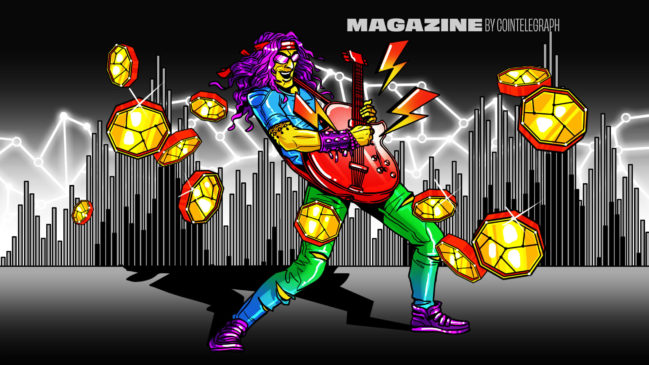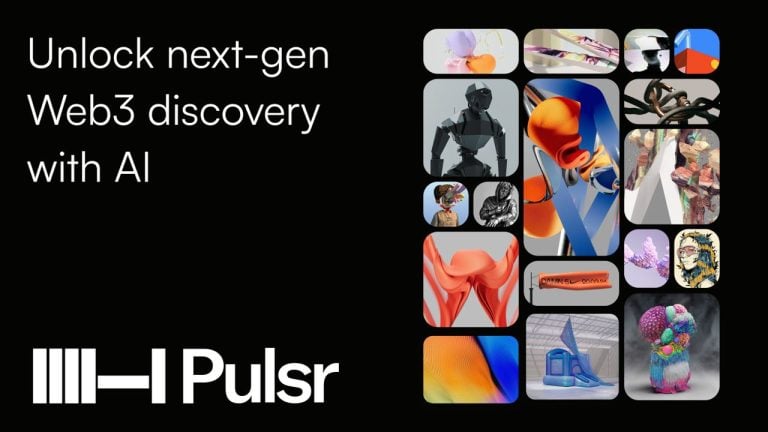Since 2021, pop superstar Taylor Swift has been rerecording and releasing her entire back catalog of albums in an effort to break away from her previous record label and gain greater control over her art.
The fact she has to go through such a painstaking, expensive process just to recover what most would consider rightfully hers highlights how the music industry can be a complicated, confusing place for young artists. It has a well-deserved reputation for being a space where enthusiastic musicians often unknowingly enter into unfavorable or exploitative record contracts.
“I would say maybe 10% of musicians have a good understanding, 1% of musicians have a great understanding, and 0.1% of musicians have an amazing understanding” of the legal and financial structure behind the music industry, Justin Blau tells Magazine. Also known as 3lau, Blau is a popular DJ and the founder of Royal, one of a handful of companies working to bridge the divide between the traditional music industry and blockchain.
Web3 or blockchain is often hyped up as the “Promised Land” for musicians, where the music industry will be democratized and decentralized, and where musicians will earn a larger slice of the profit pie by connecting directly with fans through NFTs.
One rising use case for “music NFTs” is tokenizing a song’s royalties, allowing fans to earn a percentage of the revenue generated by their favorite artists’ music.
But music copyright law and royalty collection are highly complicated, and very much off-chain. So, where exactly does blockchain fit in, and what do artists and fans gain from its introduction?
A complicated starting point
To start with the very basics, each piece of recorded music has two copyrights associated with it: One represents the recording itself, while the other represents the underlying composition — the written lyrics and music.
Depending on how many people and companies are involved in writing and releasing a song, any one track can have multiple rights holders. Musicians who release music through record labels are often required to sign over the master recording rights to the label.
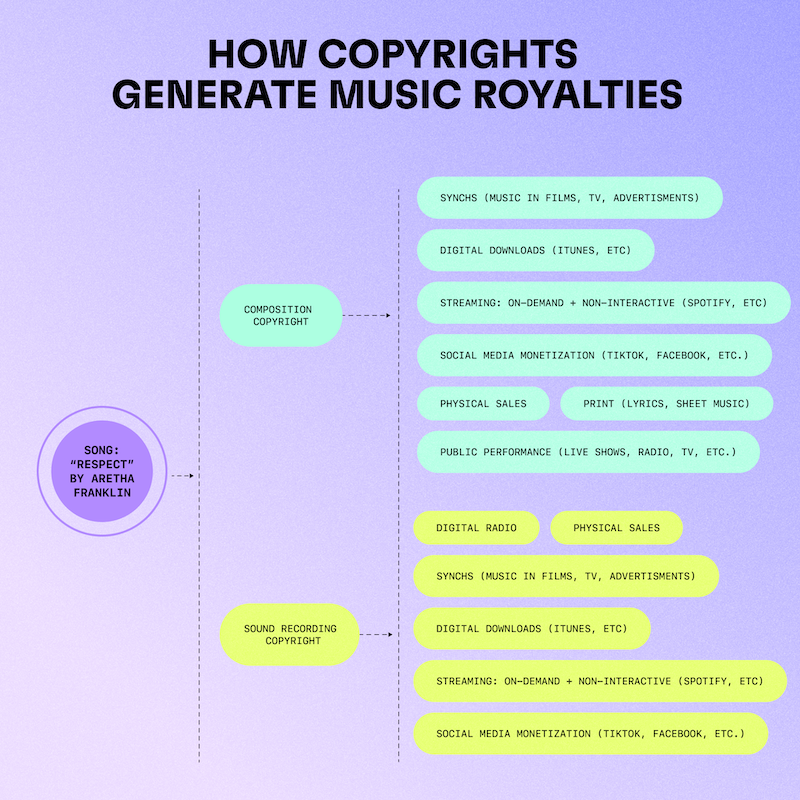
Each copyright also generates its own associated royalties based on whether the song was played on the radio, listened to on Spotify, featured in a movie, etc. On top of that, different organizations are responsible for collecting each type of royalty.
With all that, it’s easy to see why the average artist may not fully grasp the business side of the music industry when entering into a recording contract that benefits their label more than them.
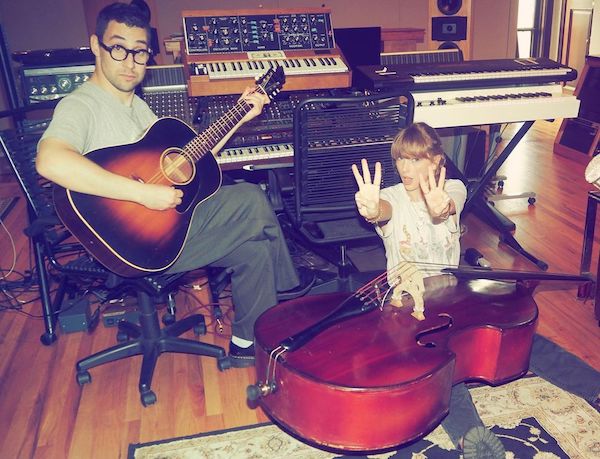
“Very few people really begin understanding the business of music and how it works, let alone the legal part of it,” Renata Lowenbraun, an attorney and CEO of Infanity — a Web3 platform for independent music artists and their communities — tells Magazine.
“The more informed you are as a recording artist or as a songwriter, the better off you are.”
Read also
Putting royalties on the blockchain
There are three main companies working on tokenizing traditional music royalty streams — Blau’s Royal, Anotherblock and Bolero — and they all follow the same basic premise.
A song’s rights holders divest a certain percentage of their royalties, and those royalty rights are fractionalized as NFTs. Tokenholders receive regular payouts to their crypto wallets in USDC in proportion to their share of the rights. If they wish to sell their NFTs, they can do so on the company’s website or secondary markets like OpenSea.

The core focus of Royal is streaming, and the platform has already worked with several high-profile musicians, including Nas and The Chainsmokers. Blau tells Magazine that streaming is “where most of the income comes from,” and that since fans can directly impact how often a song is streamed, “it makes the most sense to give fans the ownership in something that they actually can affect the success of.”
Royal’s NFTs live on Polygon and can be stored either in a custodial wallet managed by Royal or self-custodied using a wallet like MetaMask.
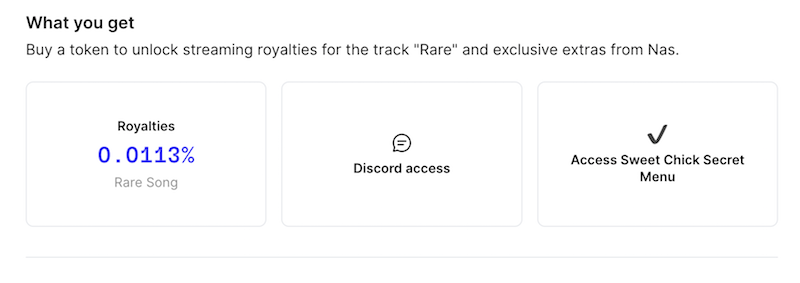
Anotherblock — which has worked with musicians like The Weeknd and R3hab — also focuses on streaming royalties and uses Ethereum. Investors can buy the NFTs with ETH using a self-custodial wallet or through the third-party wallet service Paper.
With all three platforms, the original rights holders retain ownership of the copyright itself — all they give up is a share of the royalties. Anotherblock CEO Filip Strömsten tells Magazine, “We think that the creators are the ones that have made the track, and they should be able to decide where their music is and how their music is being listened to.”
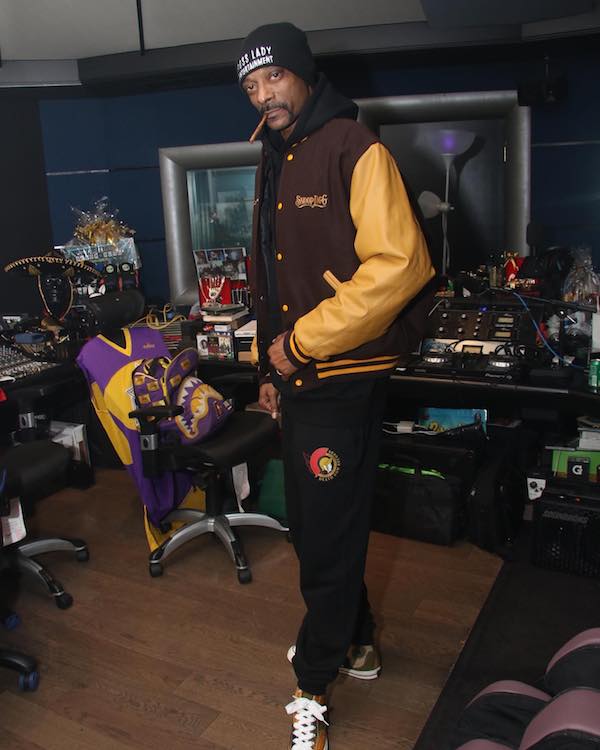
Bolero is a more recent entrant to the business of putting royalties on the blockchain, launching the Polygon-based “Song Shares” in February. It has worked with musicians like Agoria and Yemi Alade.
While Royal and Anotherblock fractionalize just one of the royalty streams generated by a song’s master recording, Bolero focuses on the master recording itself and its underlying IP.
As a result, NFT holders are entitled to a percentage of the royalties generated by multiple exploitations of the master recording, including physical sales, digital sales and sync placements (when a song is used in a movie, TV show, etc) in addition to streams.
“This is what we are trying to tackle here,” William Bailey, Bolero’s co-founder and CEO, tells Magazine.
“We are taking IP, we are fractionalizing, and thanks to this, we are able to offer multiple revenue sources.”
Keeping the artists at the center
Many builders in the Web3 music space are motivated by their own negative experiences in the business.
Blau, who continues to release music and tour, says he wants to help musicians better understand the industry, know the true value of their music, and ultimately, retain more ownership. “Everyone’s heard the saying ‘artists don’t get paid for music,’” he says. “That’s true a lot of the time. But the statement ‘music doesn’t make money’ is not true.”
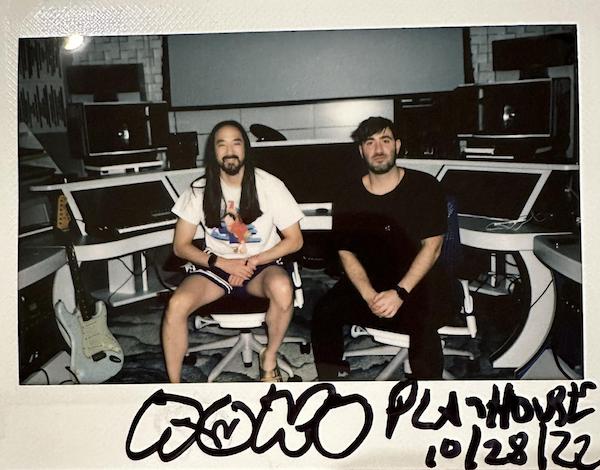
Anotherblock’s Strömsten is also a musician, and his negative experience signing a recording contract at 18 later inspired him to co-found the company so that artists could sell their catalogs directly to fans instead of giving them away for virtually free to record labels.
“We want to emotionally and financially connect the consumers of music with the creators of music,” he states. “If you actually own something, then you are probably willing to pay more, and you’re probably willing to support that creator more.”

With a traditional recording contract, the label acts as a bank, giving artists cash advances and fronting the money to record their albums. But there’s a massive catch: The label wants that money back, and the artist is technically in debt until the label recoups its investment.
For Bolero’s Bailey, selling a part of one’s music catalog directly to fans is a way to get money upfront but not be indebted to a record label. “Instead of taking an advance that will be really difficult to recoup, […] maybe you can simply share or sell a little piece of it.” He adds:
“Thanks to Web3, I can access a liquid market to trade my IP without losing creative control.”

And when collectors decide to sell their tokens on secondary markets, artists can continue to profit from each sale. So while artists give up some of their future music industry royalties, they gain access to a different set of blockchain royalties generated from the secondary sales of their NFTs — assuming traders sell them on markets with this feature enabled.
Read also
What’s in it for the fans?
So, what do fans gain from musicians tokenizing their royalties? The most obvious answer is that they can more directly support their favorite artists and get some “skin in the game.” The better a song performs, the more money fans can potentially make.
Purchasing music catalogs has historically been limited to a select few major institutional funds and record labels with deep pockets. But through fractionalization, “the average Joe can actually access music rights,” argues Strömsten.
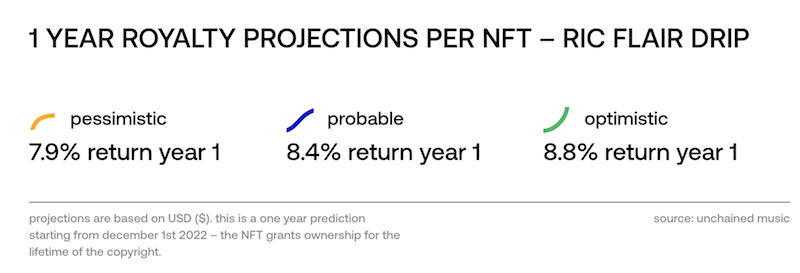
Music catalogs for major artists are generally recognized as stable assets with reliable, lucrative returns for investors. Strömsten reports that Anotherblock’s recent royalty payouts saw “approximately 9% annualized dividend yields, which is much better than the stock market is performing, especially now.”
“You buy a catalog, and if the economics are right, you’re going to have royalties coming in in the future,” adds Infanity’s Lowenbraun. She also points to the collectible nature of the NFTs themselves — fans have a blockchain-based memento proving they are long-time supporters of an artist.
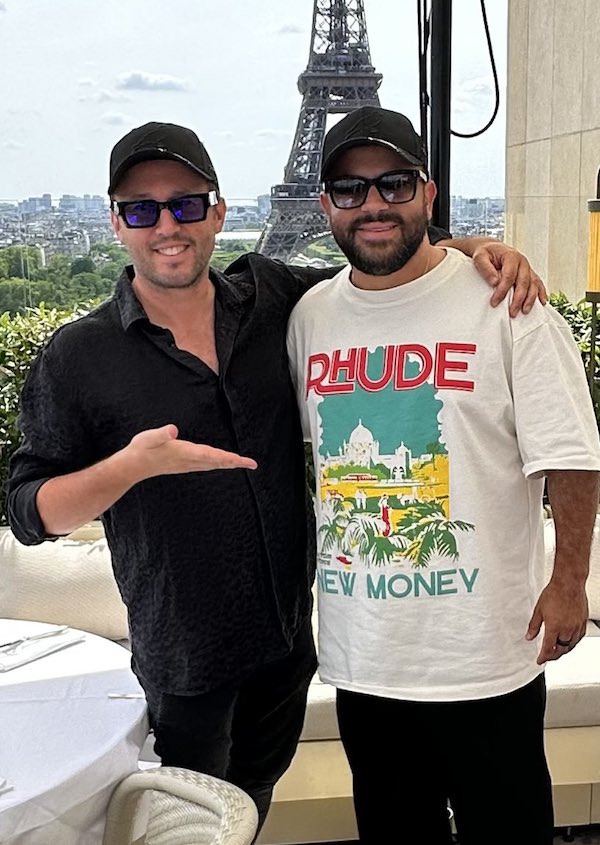
“Think about the bragging rights you can have, right? ‘Hey, I was an earlier supporter. I was into this in this person before anybody, before he blew up.’ But you can really prove that now.”
This aspect has also been embraced by platforms such as Sound, which recently raised $20 million in a Series A funding round that included the participation of rapper and crypto connoisseur Snoop Dogg. Projects like Sound and Infanity let artists mint limited-edition music NFTs tied to new music releases, allowing fans to directly support them in exchange for perks like exclusive meet-and-greets and VIP concert tickets.
Bolero’s Song Shares include a clause where artists can buy back the IP they divested to collectors at the current secondary market price. If the tokens have increased in value, fans make a profit.
For Bailey, this ensures fans are properly compensated in the event an artist gains greater success and wants to pursue other lucrative deals.
“The fans and the investors who are actually acquiring these pieces of catalogs, they are not lost in the process.”
Blockchain, meet the real world
For all of the promises of Web3, the traditional music industry remains very much off-chain. As Royal’s Blau puts it, “It’s impossible to expect the world to just flip a switch and move everything on the blockchain.” This effectively means that there is only partial decentralization, with these platforms acting as trusted intermediaries, collecting revenue from centralized off-chain sources before moving it on-chain.
This irony isn’t lost on Strömsten, who tells Magazine: “I would say that is probably the biggest challenge. If you want to have a decentralized music industry to begin with, then anyone who listens to music has to do that on-chain, right? So, the royalties have to start on-chain in order for it to be completely trustless and completely decentralized in that way. And it’s pretty improbable, in my view, that in the short term that is going to happen.”

Then there is the regulatory and legal ambiguity around crypto and NFTs, especially in the United States, which is the largest market for recorded music and home to the “Big Three” major record labels — Universal Music Group, Sony Music Entertainment and Warner Music Group. (UMG is legally headquartered in the Netherlands but maintains its operational headquarters in California). For example, the question of whether NFTs can be considered securities in the U.S. is still up in the air.
“The law, in general, always lags behind new technology because new technology just moves a lot quicker,” attorney Lowenbraun states. “Over time, the courts will slowly get used to this new technology and come up with ways of crafting the law, or rather to use existing principles to figure out what the heck things mean in Web3. I have full confidence in that.”
She adds that while linking royalties to NFTs is an exciting idea, builders must tread carefully. “For anybody working in it now, it just means you’ve got to make some logical best guesstimates based on where existing law is now on where it should be going.”
“It’s still a little iffy depending on how you offer what you’re offering.”
The future is on-chain — potentially

The Promised Land may still be some way — with no easy path to get there. It would require music rights to be stored on-chain and royalties to be paid on-chain, both of which are technologically possible but don’t seem to be an immediate priority of anyone in the traditional industry.
Many traditional music industry players have little interest in shaking up the current model, as its complex and confusing nature ultimately benefits them and their ability to make money at the expense of artists. As Bailey says, “They are making their bread and butter because it is complicated, you know?”

But true believers still think we’ll make it. Ljungberg believes that “in a couple of years, it’s not unlikely, in my view at least, that Spotify will pay out royalties directly on-chain and get distributed automatically to all the parties that are involved since that’s a lot more efficient way of doing it.”
According to Blau, it’s just a matter of patience:
“People don’t understand it yet. Any nascent technology just takes time to reduce friction.”
Subscribe
The most engaging reads in blockchain. Delivered once a
week.


